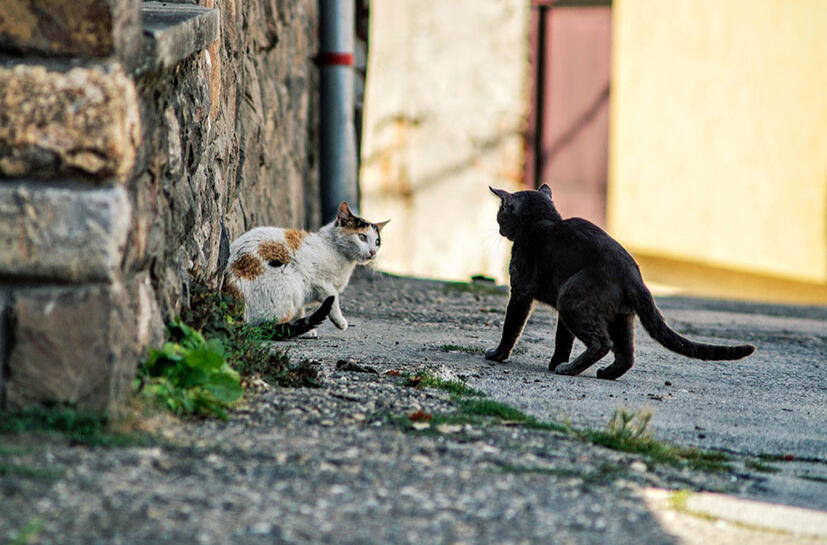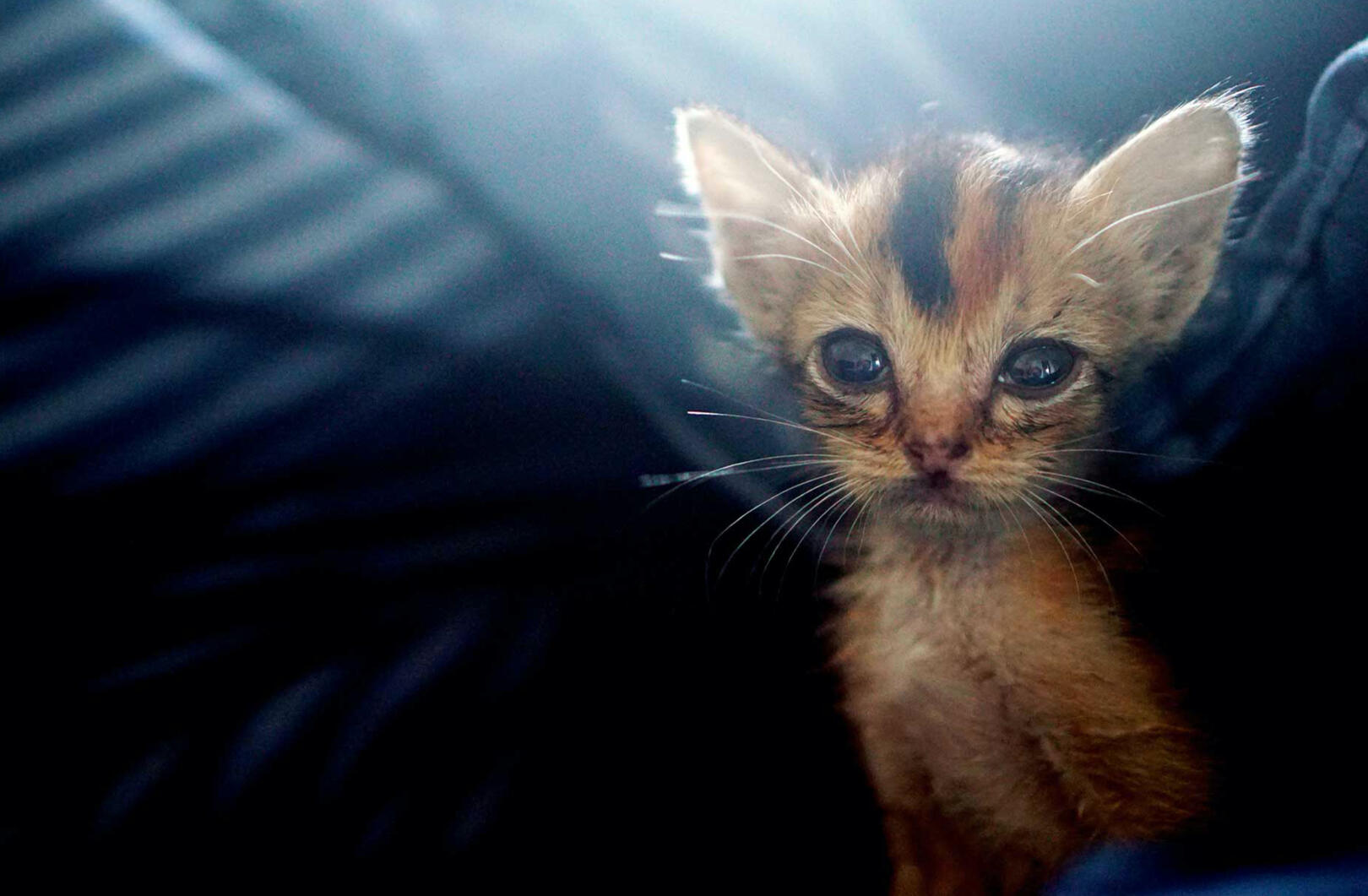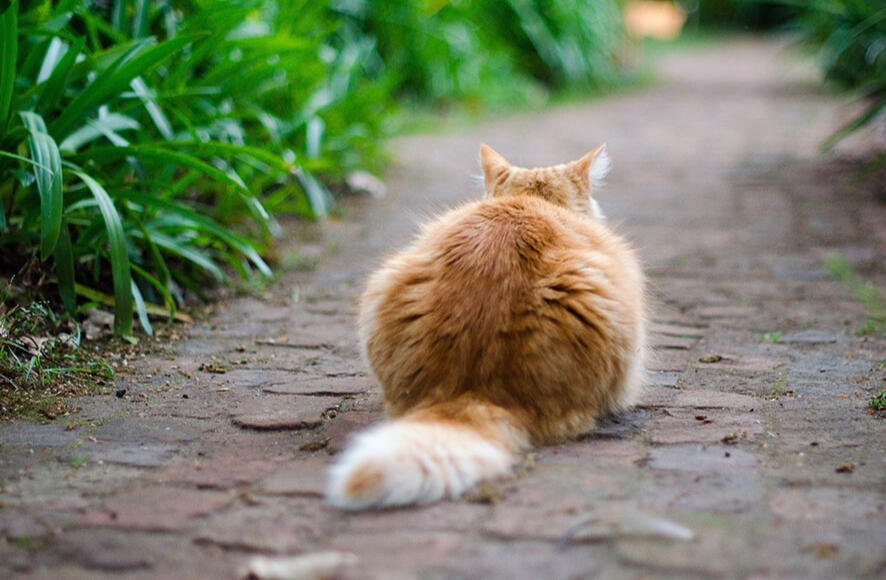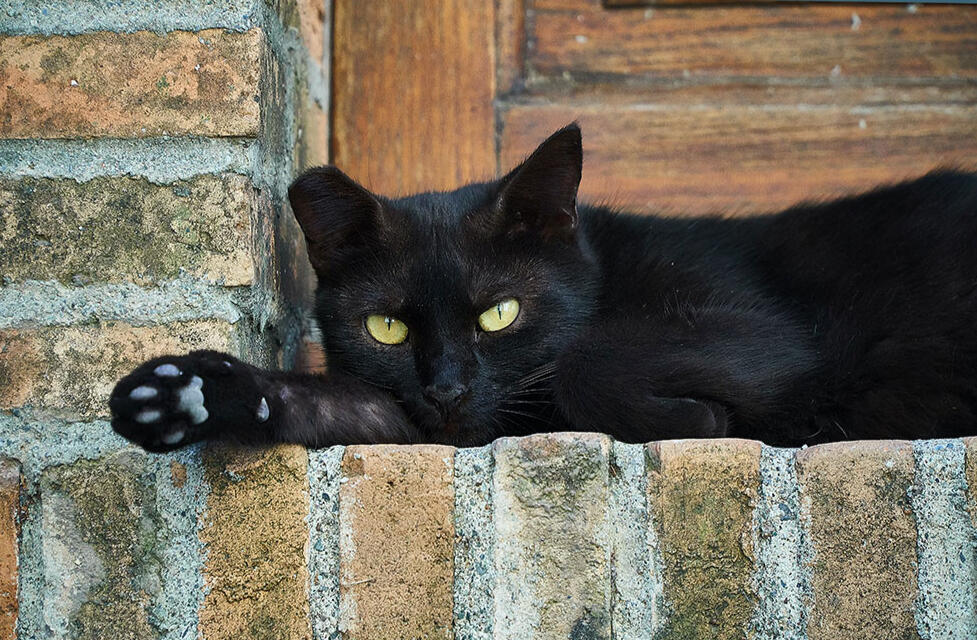TNR Saves Lives
Use the link below to help find local groups doing TNR in your area or
scroll down to learn more about TNR in general.
*We cannot endorse all results you may find. Please research groups to be sure they are reputable.
Guidestar.org, CharityNavigator.org, and GreatNonprofits.org may help.
What is TNR?
An acronym you may have heard before, but what is it? TNR stands for "Trap. Neuter. Return." and it is the process of humanely trapping cats living outdoors (ferals, community cats, strays, lost companions) and spaying or neutering and vaccinating them and returning them to their homes.
Why is TNR so important?
Feline overpopulation is at a critical stage in nearly every area of the country. Simply, there are too many cats without enough care. Curbing breeding is currently the best solution to prevent further suffering.
Whether you are a fan of community cats or not, TNR provides benefits that can make everyone happier, healthier and live more harmoniously together.
Some benefits of TNR:

Less fighting
If you hate seeing your favorite community cats beat up or being woken up to shrieks at 3AM, TNR can help. Cats that have been altered have decreased motivation and impulse to fight.

Fewer babies
Kittens are wonderful and lovable and a lot of fun. Sadly, the vast majority of kittens born outdoors suffer from disease and injury and euthanasia due to lack of care and proper homes.

Lower population
It is important to return cats that have been TNR'd to their community home for their health and safety. They will restore balance and help prevent other cats from moving into the area.

Better health
Cats that have been sterilized and given protection against common diseases have a better quality of life and spread less disease and suffer fewer instances of infection and cancer.
Some TNR Best Practices
Before you set out to do TNR, you'll want to be sure to have the proper supplies and a plan in place.
Get legitimate training. Learning to humanely trap cats from a reputable rescue or organization will be well worth it and not too difficult or time-consuming.
Use appropriately-sized traps. Squirrel or gopher traps are not big enough for trapping cats. Many organizations will let you borrow or rent proper, clean traps.
Plan for transportation. Cats cannot be transported in a closed car trunk. If your car is not big enough to transport the traps, arrange for a friend or family member with an SUV or van to help you transport to and from surgery.
Line your cages with newspaper. This serves a couple of purposes. The cats will need something to get comfortable on (some will shred it) and it will absorb urine since they won't have access to a litter box.
Secure a proper holding area. It is mandatory that the cats be held in a safe, clean, climate-controlled area before and after surgery. The group that trains you can help you decide where this would be at your home.
Cover your traps. Custom covers bought or borrowed or old towels or bedding covering the traps will help reduce the stress level of the cats, which is very important for animals undergoing surgery. Be sure to still allow air flow.
Monitor. Carefully follow the aftercare instructions from the group that trained you and reach out if there seems to be a problem. Do not feed or release a cat that still appears to be under the effects of anesthesia.
Release exactly where you trapped. It is crucial that you return the cats to the area from which you trapped them. Otherwise, they can be in great danger trying to make their way back to the place they call home.
Spread the word. Politely share the benefits of TNR with your neighbors, friends & family and encourage them to get involved. TNR benefits the whole community.
Resources
A wealth of information & resources about TNR and community cats.
Many helpful articles and guides about community cats and TNR.
A helpful guide for when you, inevitably, spot a kitten or litter outdoors.
TNR information and resources for Southern California residents.
In-depth & step-by-step explanations of TNR and certification available.
Nationwide network of TNR assistance and community cat care information.
A huge TNR FAQ page with lots of links to even more information.
TNR information and resources from pet care animal experts.
Thank you to Borna Bevanda, Aleksandar Popovski, Lauren Kay, Marnhe du Plooy, & Valeriano G for the use of your images via Unsplash.
Dedicated to all the kittens who have suffered and the people who tried to help them.
© 2025. All rights reserved.
Why is TNR so important?
Feline overpopulation is at a critical stage in nearly every area of the country. Simply, there are too many cats without enough care. Breeding must be curbed to prevent further suffering.

In nec magna sit amet ligula mollis mattis sed sed erat. Etiam ac hendrerit massa. Integer consequat augue eget tortor venenatis, in viverra eros ultrices. Nulla turpis nibh, interdum sit amet elit sit amet, malesuada viverra quam. Curabitur dui dui, varius in massa quis, malesuada venenatis erat. Pellentesque quis fringilla leo. Nam tristique rhoncus ante, quis lobortis mi varius vitae.Aliquam erat volutpat. Morbi tellus ex, pulvinar vel maximus et, maximus et neque. Integer viverra nibh sit amet maximus accumsan. Suspendisse finibus porta quam ut lobortis. Donec diam libero, porttitor tincidunt volutpat id, tempus interdum erat. Quisque id nunc ut felis facilisis ultrices et id ex. Aliquam convallis tincidunt elit, sed semper sem hendrerit id. Nulla volutpat porttitor facilisis. Lorem ipsum dolor sit amet, consectetur adipiscing elit. Mauris vitae porta lectus.
Thank you!
Lorem ipsum dolor sit amet, consectetur adipiscing elit. Sed nec lacinia ligula. Morbi nec rutrum neque, nec sagittis dui. Integer pulvinar nunc ut maximus dui lorem ipsum magna consequat.